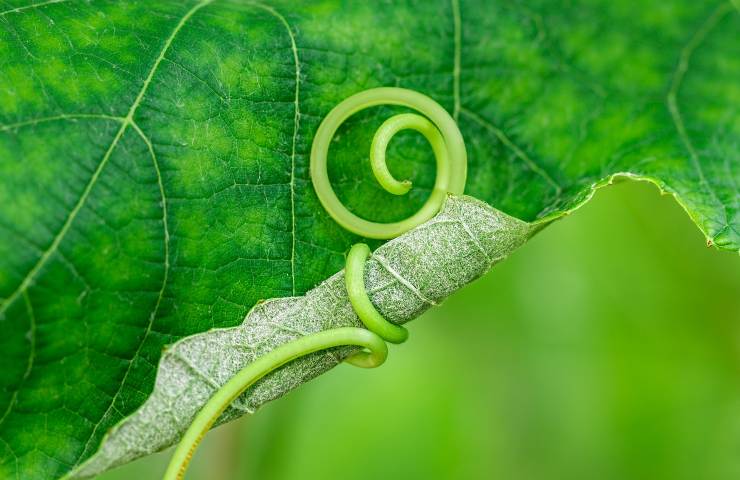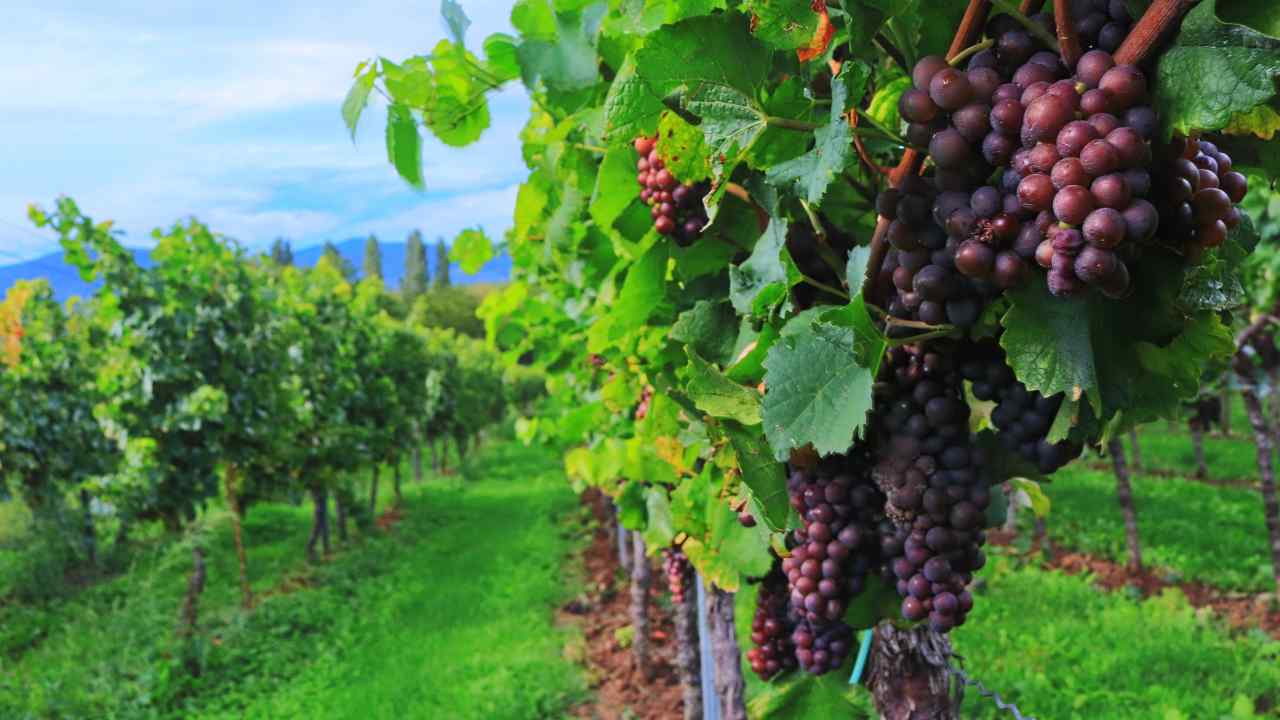How are grape leaves used? They are edible and beneficial for our health. Let’s see all the uses that can be done.
When it comes to quick, grapes and their sweet berries come to mind. But instead we want to tell you about the leaves as an ingredient for recipes and allies for health. So let’s see how vine leaves can be used.
Life is everything edible even if it does not seem. We are used to eating juicy grains but not the leaves, which are actually very good. Grape leaves have been known for their beneficial properties since ancient times and it is an ingredient used a lot in Balkan and Oriental cuisine.
The beneficial properties of grape leaves

In antiquity the vine plant it was known as the symbolic plant of immortality and eternal youth. The vine leaves are usually harvested in autumn after the harvest. In this period it loses the chlorophyll that tinges them green during the summer and they turn red, orange or yellow.
YOU MAY ALSO BE INTERESTED >>> Yellow leaves and withered roots, how to save the plant that is dying
These leaves contain vitamins A, B, E, C, K and then mineral salts such as calcium, magnesium, manganese, zinc and also antioxidants such as anocyanins, polyphenols, bioflavonoids and tannins. So the vine leaves are effective in counteracting peripheral venous insufficiency and also the heaviness in the legs.
They have properties too protective and tonic vessel as well as anti-inflammatory and antioxidants that fight cellulite, hemorrhoids and edema. They also contain several enzymatic substances that promote digestion and stimulate bile secretion.
Grape leaves can be used in many different ways, as a natural remedy to counteract the discomforts related to poor circulation but also as a digestive and anti-inflammatory. In the kitchen, on the other hand, you can make them raw and cooked, but you have to take them from plants grown without chemical treatments and then you have to choose the freshest and not damaged ones.
To consume them raw it is best to use small ones, while, on the other hand, if you want to dry or cook them, you should prefer those as large as about a hand. They can also be used to prepare antioxidant and purifying digestive drinks for the circulation. They can also be used to prepare compresses to treat chilblains and to put on the skin when the vessels have dilated.
So you can do a decoction, compresses, rolls and even make the leaves in oil. For example, to prepare the latter you just need to wash the leaves and cut the penduculum and then dry them well. Then pour the vinegar into a saucepan and add salt and mix.
YOU MAY ALSO BE INTERESTED >>> Grape leaf wrap, a cure-all for your veins and more
Then bring to boiling and as soon as the vinegar boils, pour in the leaves and cook them quickly for a minute. Then drain them and let them dry on a clean cloth. Then put the leaves in a sterilized jar and press them well and then cover them with oil. Also add pepper or herbs and keep the jar in a dark and dry place.
